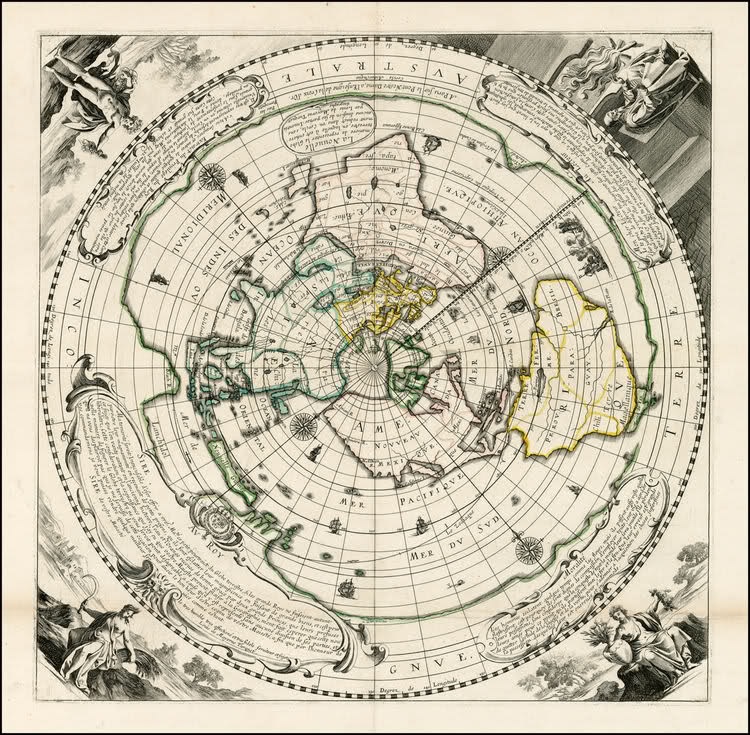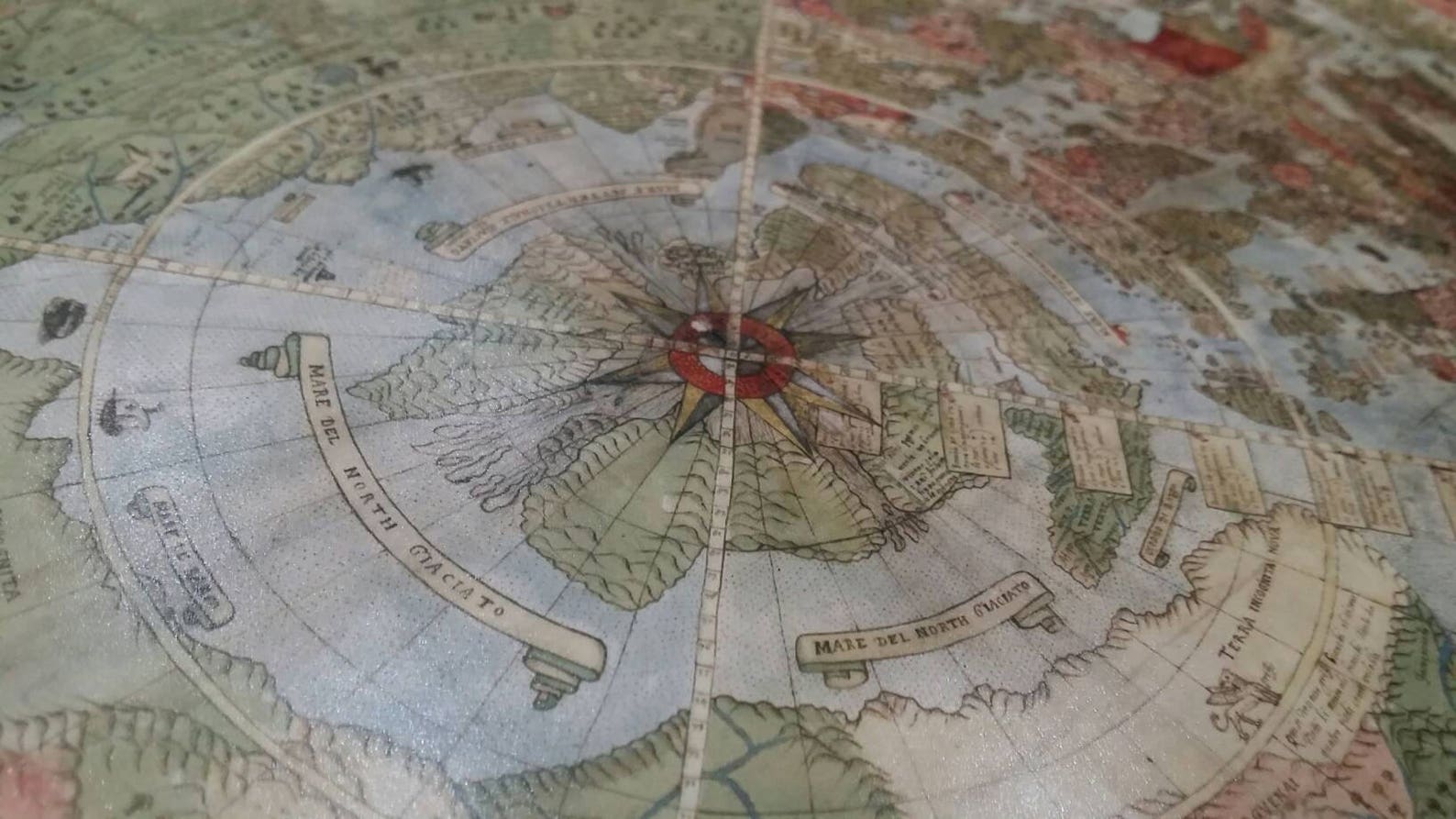
The 15th century was a radical time for map-makers, once Ptolemy’s geographical drawings were re-discovered. 1489: Feeling Ptolemy and Polo’s Influences

Many Indian and Chinese cities can be identified, based on various voyages by the explorers Marco Polo and Sir John Mandeville.Īfter this, the Age of Discovery truly began-and maps started to more closely resemble the world map as we know it today. It covers the “East and the West, and everything that, from the Strait leads to the West”.

The Jewish cartographer Abraham Cresques created the most important map of the medieval period, the Catalan Atlas, with his son for Prince John of Aragon. The original map was oriented south-up, which is why modern depictions show it upside down. The Tabula Rogeriana, which literally translates to “the book of pleasant journeys into faraway lands”, was ahead of the curve compared to contemporaries because it used information from traveler and merchant accounts. The Arabic geographer Muhammad al-Idrisi made one of the most advanced medieval world maps for King Roger II of Sicily. For example, because the sun rises in the east, Paradise (The Garden of Eden) can be seen pointing upwards and towards Asia on the map. Although it shows several continents-Africa, Asia, and Europe-its main objective was to visualize Biblical locations. The creation of this quintessential medieval T-and-O Beatine map is attributed not to an unknown French monk, but to the Spanish monk Beatus of Liébana. After these ancient maps were lost for centuries, Ptolemy’s work was rediscovered and reconstructed in the 15th century, serving as a foundation for cartography throughout the Middle Ages.


In this former location of the Roman Empire, Ptolemy was the first to use positions of latitude and longitude to map countries into his text Geographia.


 0 kommentar(er)
0 kommentar(er)
